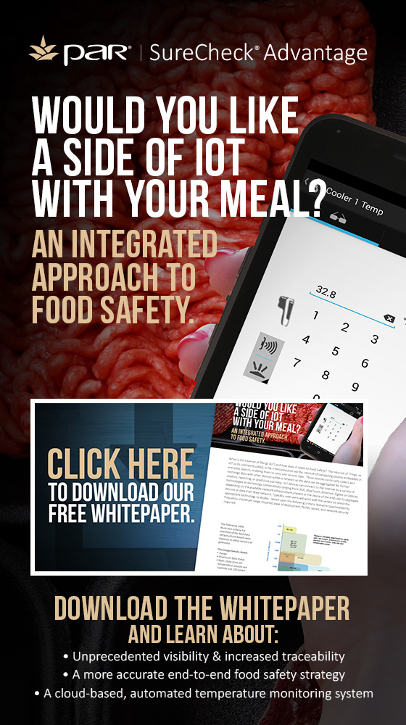 It doesn’t matter whether a grower or food packing facility is 5 or 5,000 miles away from Megan Arnold’s office at Robinson Fresh, because within seconds her food safety analysis can begin with pinpointed data at the tips of her fingers.
It doesn’t matter whether a grower or food packing facility is 5 or 5,000 miles away from Megan Arnold’s office at Robinson Fresh, because within seconds her food safety analysis can begin with pinpointed data at the tips of her fingers.
A decade ago, the food sourcing sister to C.H. Robinson, a third-party global logistics giant currently operating in 36 countries, was operating on spreadsheets and watching its growth rapidly outpace the capabilities of its technology.
“I was thinking, ‘This is not sustainable because we were growing and growing,’ ” said Arnold, director of food safety at Robinson Fresh. “So we looked into a lot of different systems to help manage all of our data and partnered with a company to tailor a program to not only fit our needs, but our growers’ needs and customers’ needs as well.”
Its data tracking program, which utilizes the Internet of Things, otherwise known as IoT technology, has revolutionized the way Robinson Fresh tracks essential food safety and business management metrics through efficiently connecting the complex web of channels within the company.
Want to know the results of the surprise audit completed this morning or test results from water samples taken by a grower in Brazil? Once upon a time, it could have taken days to fully answer questions like these, but now all Arnold has to do is log onto the online cloud storage base and it is all there.
Like all new and flash things, the latest and greatest technology is very attractive — sexy even. But without purpose, it is essentially worthless. Will Daniels, president of Fresh Integrity Group Inc., said for a food company to be a fit for IoT, it must first reflect and identify what is needed to bring value to the investment.
“The company needs to be hungry for the data — hungry for the results of the data and a desire to use that data,” Daniels said. “In my opinion, it is somewhat of a challenging task to connect this Internet of Things to be meaningful, to make sense.”
 According to Daniels, companies should implement a short-term IoT plan by going after low-hanging fruit and identify easy connection opportunities that require minimal work to activate. Then, go after the long-term plan with a bigger picture and more detailed oriented mindset.
According to Daniels, companies should implement a short-term IoT plan by going after low-hanging fruit and identify easy connection opportunities that require minimal work to activate. Then, go after the long-term plan with a bigger picture and more detailed oriented mindset.
“For example, at a freshcut processing facility, there is a lot of data being collected around wash line performance, such as temperature and chemical levels,” Daniels said.
“It is really good data when everything is working right, but the sensors collecting it can cloud over and become less reliable. So if you don’t have a maintenance crew who understands the importance of keeping those sensors maintained, you lose the value.”
This is a common problem Daniels has seen when working with food companies. Sometimes it happens when maintenance contracts change hands, sometimes when there’s turnover within a company. To avoid inconsistencies in IoT collection and interpretation, he recommends food companies build a system of process management that can transfer from one owner to the next.
While integrating IOT into a food company is a complex and resource consuming process, the payouts can be significant.
For Robinson Fresh, the ability to pinpoint and fix a problem immediately though data tracking while maintaining a connected global supply chain has made IoT indispensable.
“Do you research on a company and find one that fits your operation,” Arnold recommends to food companies exploring IoT. “This is definitely where we are going as an industry, and if you are not doing it yet, then I suggest you take the steps to start.”
(To sign up for a free subscription to Food Safety News, click here.)
